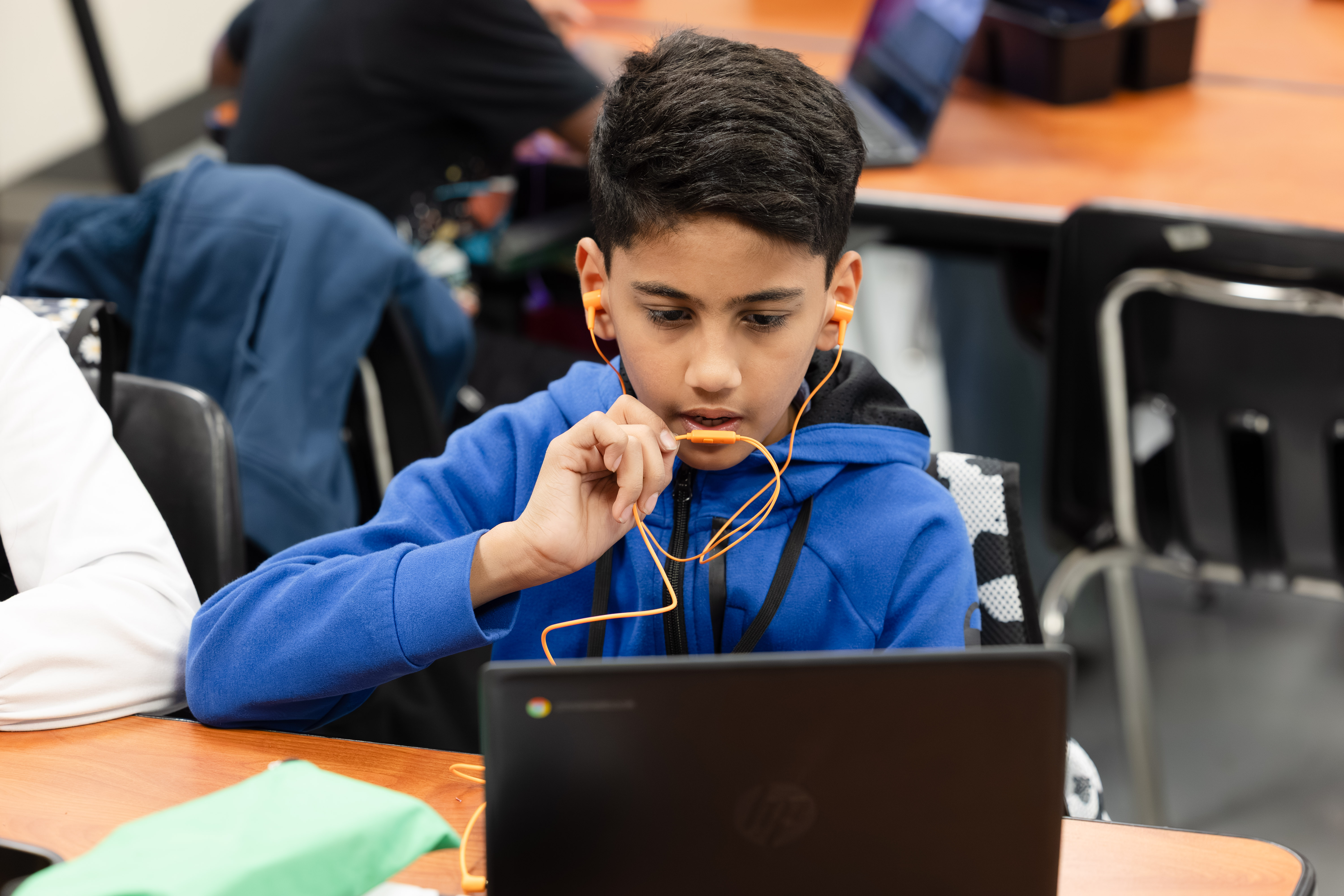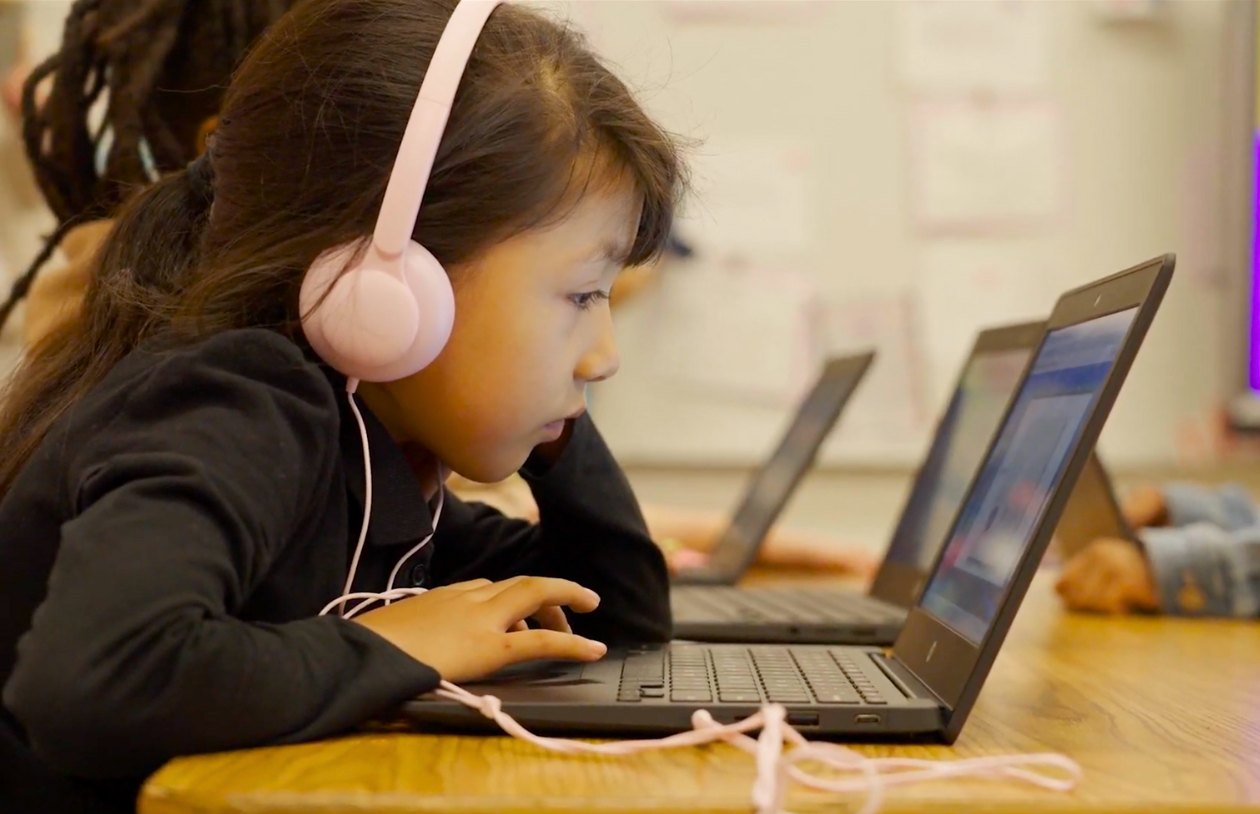5 Myths and Misconceptions About Dyslexia

Debunk Myths and Misconceptions About Dyslexia in the Elementary Classroom
In a classroom full of students with different strengths and needs, it can be difficult for teachers to simultaneously meet each child where they are. Dyslexia in particular is often under-accommodated due to popular misconceptions about the condition. Teachers can only provide appropriate intervention when they have access to accurate information.
What is Dyslexia?
Dyslexia is a neurobiological condition. That means that their brains work differently than their typically developing peers. Students with characteristics of dyslexia start showing signs in the preschool years. They will have trouble with rhyming and learning the alphabet. Things may mix up letters and sounds. Because reading with dyslexia can be so difficult for students, educators may notice them avoiding reading time as much as possible. Dyslexia also runs in families, and if a sibling or biological parent has dyslexia, then the student also has a higher risk.
Here are some common myths and misconceptions about dyslexia and what the research shows.
5 Common Myths and Misconceptions about Dyslexia
Below are some of the most common misconceptions about dyslexia.
1. Children who reverse letters have dyslexia.
When children are first learning to read and write, reversal of letters is common. This is only a concern if they continue this habit after third grade — or after approximately two years of writing instruction. A student with dyslexia doesn’t necessarily see letters backward but may confuse which sounds go with which letters.
2. Dyslexia can be diagnosed by a medical professional.
Because dyslexia is a language-based condition, it cannot be diagnosed by a medical professional. Experts in neuropsychology and language disorders should be the ones to assess and diagnose students at risk for dyslexia.
3. Dyslexia can be outgrown and students just need more time.
Dyslexia is a neurobiological pattern of thinking, so it cannot be “cured” or outgrown. However, students can acquire skills to help them become successful readers and writers. This is where specialized instruction in the classroom can come in. Sometimes teachers may want to retain a student who appears bright, but is struggling to learn to read. Research shows that retention is not an effective way to address dyslexia, instead the student needs specialized instruction.
4. Dyslexia is a vision problem.
Although students with dyslexia may flip or reverse their letters and symbols, that doesn’t mean they have a vision problem. Dyslexia has more to do with the phonological component of language.
5. People with dyslexia are lazy or lack intelligence.
Many students with dyslexia are extremely intelligent and work tirelessly to overcome their challenges with language. They may be slow to read and write, but they are often sharp, quick thinkers.Their brains are just wired differently.
Screen for Dyslexia
Often educators will see that rapid automatized naming (RAN) can help determine whether a student is at risk for dyslexia. Language and reading require complex processes in the brain, with different parts of the brain communicating rapidly with one another. RAN is thought to measure the complex circuitry in the brain that processes language including recognizing the different sounds in a word, how letters go with those sounds, how sentences are structured, and how meaning is applied to words.
Istation’s Indicators of Progress (ISIP™) assessments consist of a battery of subtests that are grounded in the National Reading Panel’s “Big Five” essential components of reading acquisition. The assessments measure and instruct in those skills most predictive of reading success.
The ISIP screener is important because the earlier that any type of reading difficulty is identified, the easier and more effective it is to provide intervention.
Let Istation help you screen for dyslexia.
Read more from the AI & The Reading Brain Blog


.avif)
